A plan to visit Brestovská Cave resembles a Taylor Swift concert for one simple reason: only a limited number of tickets are available, and they sell out quite quickly.
“The demand is not extreme, but the cave is small,” cave manager Juraj Pajerský explains.
The cave is more than two kilometres long. However, visitors can only explore 219 metres of it. Situated just outside Zuberec, a town of 1,900 inhabitants in Slovakia’s scenic Orava region that is a popular resort throughout all seasons, Brestovská Cave opened in 2016.
Failing to book a ticket in advance is not the only reason people are often told to leave. Parents come with children too young to enter the cave, though they try to persuade cave guides about their children being older than six years (the minimum age limit to go down into the cave); some visitors have no proper footwear; others may be living with a disease, like autism or movement disorders, for which they are not allowed to enter despite their protests.
“In the beginning, families even fought for tickets,” recalls Pajerský.
He adds that they have already ‘trained’ visitors and they do not forget to book tickets in most cases.
To reach the cave, a visitor needs to come to the cave guides’ small wooden stand near a large local amphitheatre and even larger parking space. It can be reached by car, bus, bike or on foot by following a (ski) trail in the old fairytale woods. The entrance to the cave is hidden in a hollow under the foot of the forest, and it requires visitors to walk up and down a few steps to reach the door.
To one’s surprise, there is no light inside the cave and just little spectacular dripstone. Yet, visitors are given a helmet light to become true cave explorers for about an hour.
“They are not battered for fun,” Pajerský’s colleague, Šimon Šveláň, tells The Slovak Spectator during a conversation in their wooden stand on a sunny Friday morning. Šveláň mildly complains about the lack of funds for Slovak caves. He also shares how he talks about large spiders and a small device by the entrance, thanks to which the cave has not reportedly collapsed to scare visitors.
“Here, people will discover their phobias,” he notes, smiling.
Despite its size, the cave is as adventurous as it can get. Down below, visitors climb several ladders and stairs, walk above water, and pass through narrow and low passages. Moreover, the cave is home to bats and several relict invertebrates. Parts of the cave even have adventurous names. For example, the Bivouac Hall with some dripstone decoration is a spot where cavers used to camp when they explored the two-storey cave. The Divers’ Hall, a small underground shore, is the last stop before a return trip to the surface. From this shore, divers set out to explore the underwater parts of the cave. But divers are not the only group that sometimes end up in the water. Some children have fallen over into the stream, which never dries out.
“You can’t dip your feet in the underground stream,” points out Pajerský, “The cave is under the highest [fifth] level of nature protection.”
The cave is open almost all year long, except for November and December. The high water level and the flooded path may cause the cave to remain closed other periods. In 2024, the cave will reopen in late January, according to the online booking system.
In addition to occasionally high water levels, Pajerský has revealed that the radiation level is also quite high in Brestovská Cave. The cave is poorly ventilated, he explains.
“But it’s not harmful to visitors,” he tells The Slovak Spectator on a cave tour.
Every year, about 10,000 people visit the cave. It is the only show cave managed by the Slovak Caves Administration in the Orava region. In May, Šveláň and Pajerský claim, a Lithuanian environment minister even visited the cave with his family.
“He didn’t admit to being the minister at first,” says Pajerský.
“He was cheerful and relaxed,” Šveláň adds.
Just a stone’s throw from the wooden stand, tourists can visit the Brestovská Vyvieračka spring, a place where a scene from the iconic 1983 Slovak historical drama “The Millennial Bee” was filmed.
Photo from a morgue
The Orava Village Museum, an open-air museum, stands a few metres from the cave. It showcases the architecture and the interior design of ancient houses in the Orava region, including a well-preserved church and school.
The whole museum complex is divided into several parts, split by the Studená mountain stream.
A small morgue can be found next to the church. Who would object to a photo of themself in a coffin?
If there’s someone after all, they can instead head to a lovely shop selling the famous Slovak pottery from the town of Trstená. Bowls, jugs, toys and flower pots were often decorated with white lines, dots, hearts or branches on a brick red background. Animals, crops (guarded by a group of scarecrows), and regular events, including at Christmas, are other pleasant surprises to see and experience at this museum. Visitors can also bring along their own dogs if they keep them on a leash.
After entering the complex, a stand with guides in Slovak and other languages is at visitors’ disposal. One should not forget to return the guide back to the stand upon their departure.
“Most people come to Zuberec because of the museum or nature,” opines Pajerský.
Yet, after a walk up and down the open-air museum, it’s nice to emerge and enjoy a traditional Slovak meal at the Koliba Pod Roháčmi restaurant. It’s located right next to the museum. A huge wooden bear welcomes customers. Many cyclists who return from their trip to the Ťatliakova Chata hut and its nearby lake, a starting point for several hikes in the Western Tatras (Roháče is regarded one of the most spectacular areas in the mountain range), also stop at the restaurant for a meal.
Habovka swing and Kýčera tower
Tourists can cycle from Zuberec to the towns of Oravice (tourist resort) and Trstená.
Those who want to get to know Zuberec and its surroundings by bike can rent an e-bike from the White Star Sport shop or Cyklo Bej, which is owned by Peter Bebej. His bicycle repair and rental shop, offering e-bikes and regular bikes for a reasonable price, can be found at his house. It is hard to miss. A bike erected on a post is seen from a distance.
Tourists can, for example, use his bikes to cycle to a heart-shaped swing on a steep hilltop in Habovka, a town neighbouring Zuberec. Or they can just take a walk to the Zuberec calvary and the nearby Kýčera lookout tower for a fee. Still, the view of the whole village and hills is something a tourist should not miss out on.
Outside the season, when hikers cannot climb famous peaks due to the closure lasting from November to June, many arrive in Zuberec to ski. Three ski resorts can be found: Janíky, Milotín and Roháče - Spálená. The first two do not require skiers to leave the town as they are located right in Zuberec.
The town also provides several cross-country skiing trails. Some, however, favour water-related activities.
“People often head to water parks,” notes Šveláň.
Such parks are in Oravice and Liptovský Mikuláš. Another has been built near the Polish-Slovak border, in Chochołów.Zuberec is dotted with accommodation options, ranging from chalets to apartments. As for restaurants, Oravská Izba and Kýčer Burger are perfect places to enjoy food. The latter has a beet burger (€9.90) and an Orava burger (€10.90) on its menu. Several grocery stores and two ATMs are in the village.
No railroad leads to Zuberec. To reach the town, a tourist needs to take a bus or the Oravka train from Kraľovany, a railway junction, to the town of Podbiel from where a bus to Zuberec leaves.
If tourists happen to be in Zuberec on Saturday, they may also wish to pay a visit to the Polish town of Nowy Targ, which transforms into a huge marketplace on that day.
“There’s always swarms of people,” smiles Šveláň.
The article has been brought to you thanks to a partnership with the Žilina Tourism Region - www.zilinskyturistickykraj.sk. Implemented with the financial support of the Ministry of Transport of the Slovak Republic.

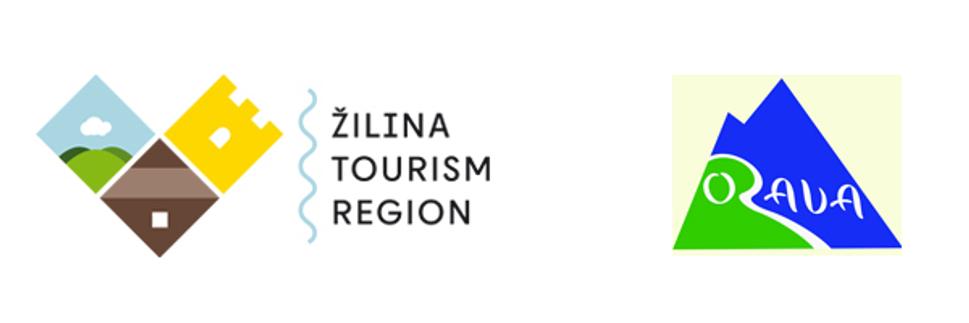


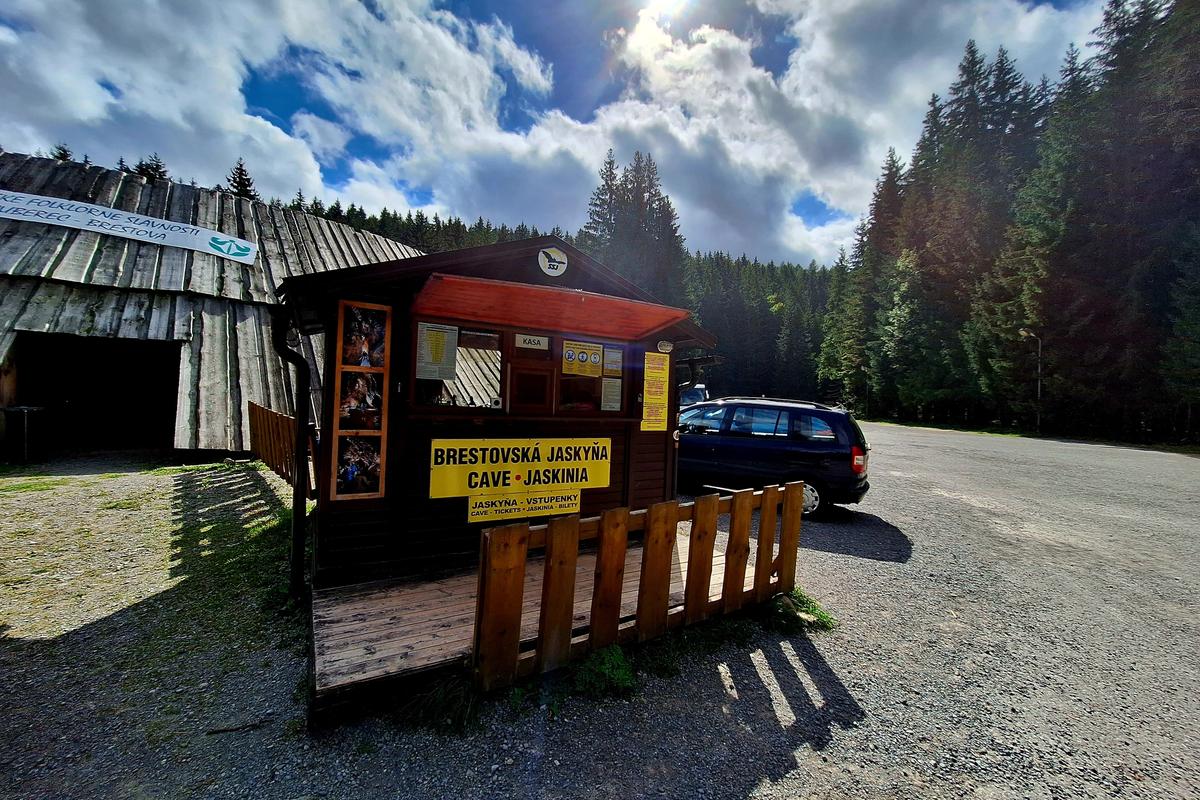 A wooden stand where a Brestovská Cave tour begins. (source: P.D.)
A wooden stand where a Brestovská Cave tour begins. (source: P.D.)
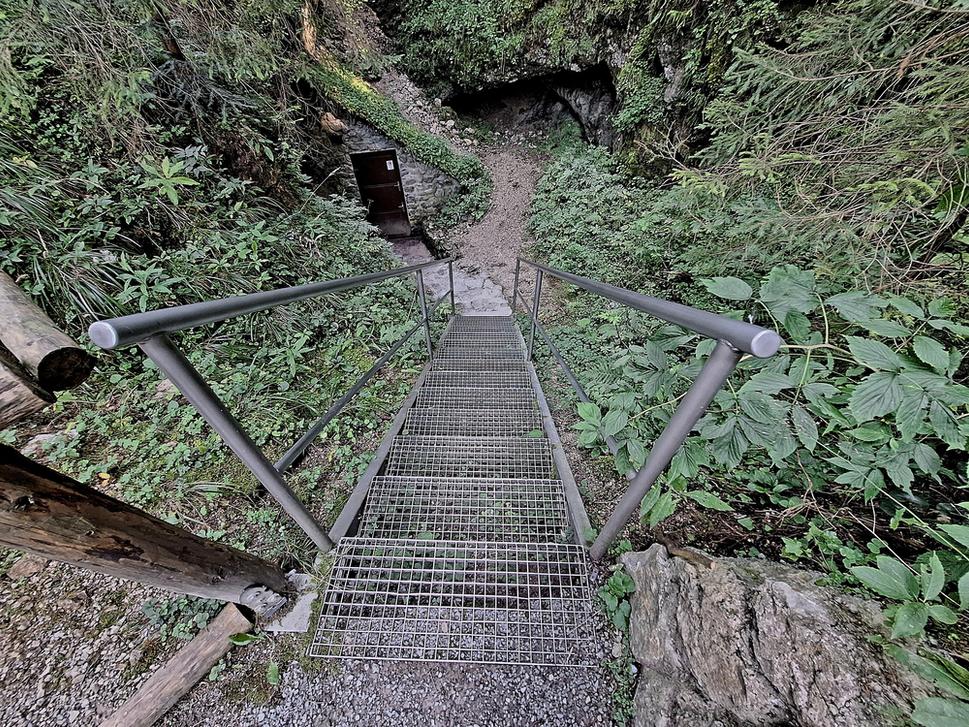 Entrance to the cave. (source: P.D.)
Entrance to the cave. (source: P.D.)
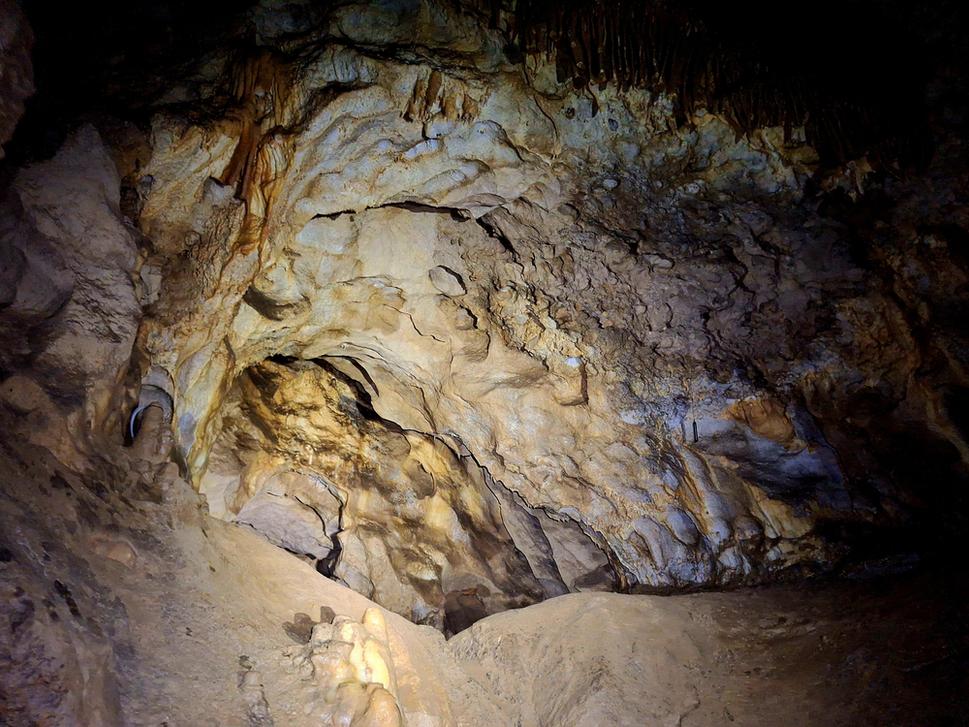 Decoration in Brestovská Cave. (source: P.D.)
Decoration in Brestovská Cave. (source: P.D.)
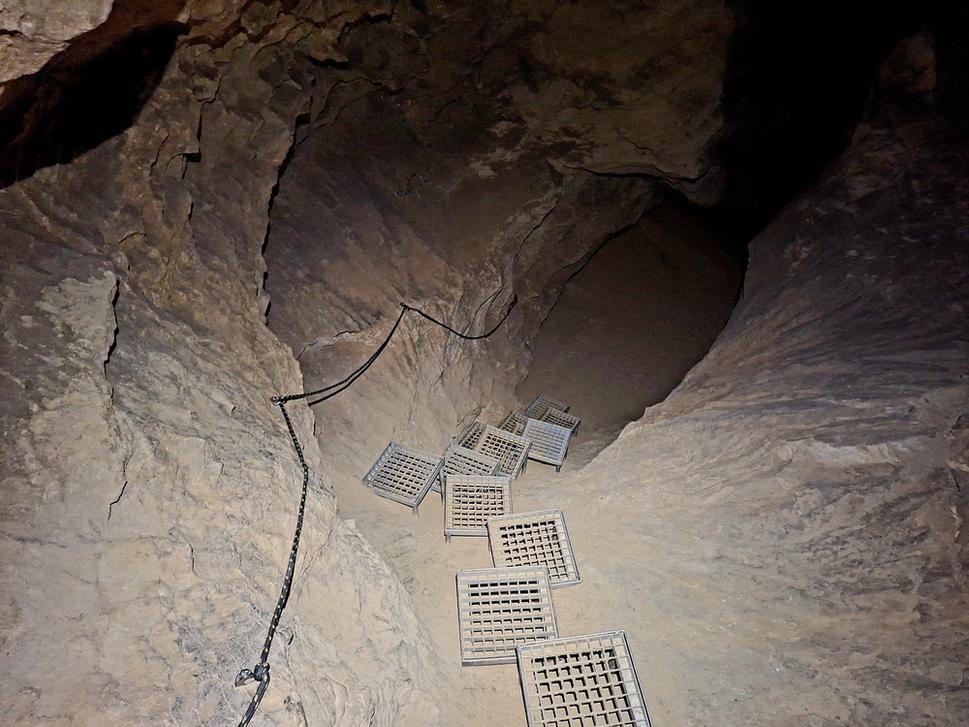 Stairs in the cave. (source: P.D.)
Stairs in the cave. (source: P.D.)
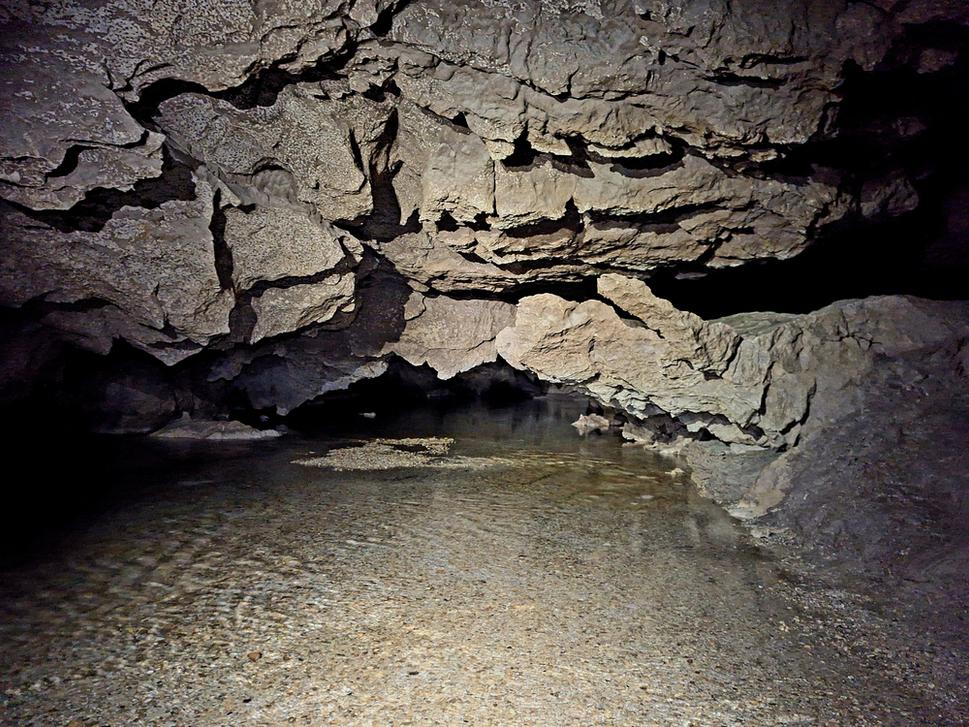 A stream in the cave. (source: P.D.)
A stream in the cave. (source: P.D.)
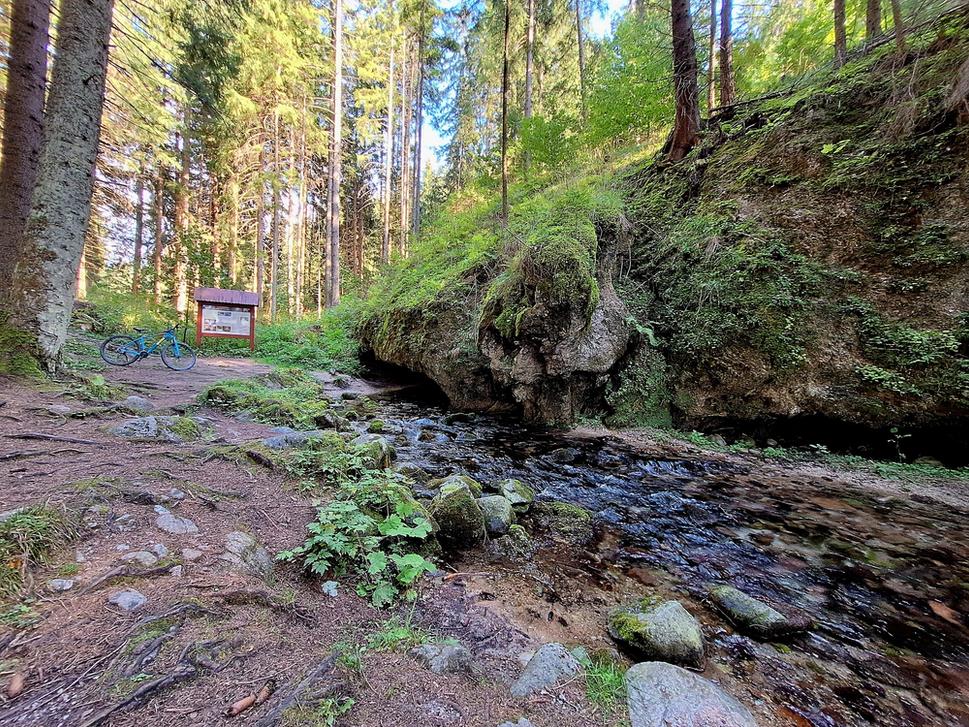 Brestovská Vyvieračka. (source: P.D.)
Brestovská Vyvieračka. (source: P.D.)
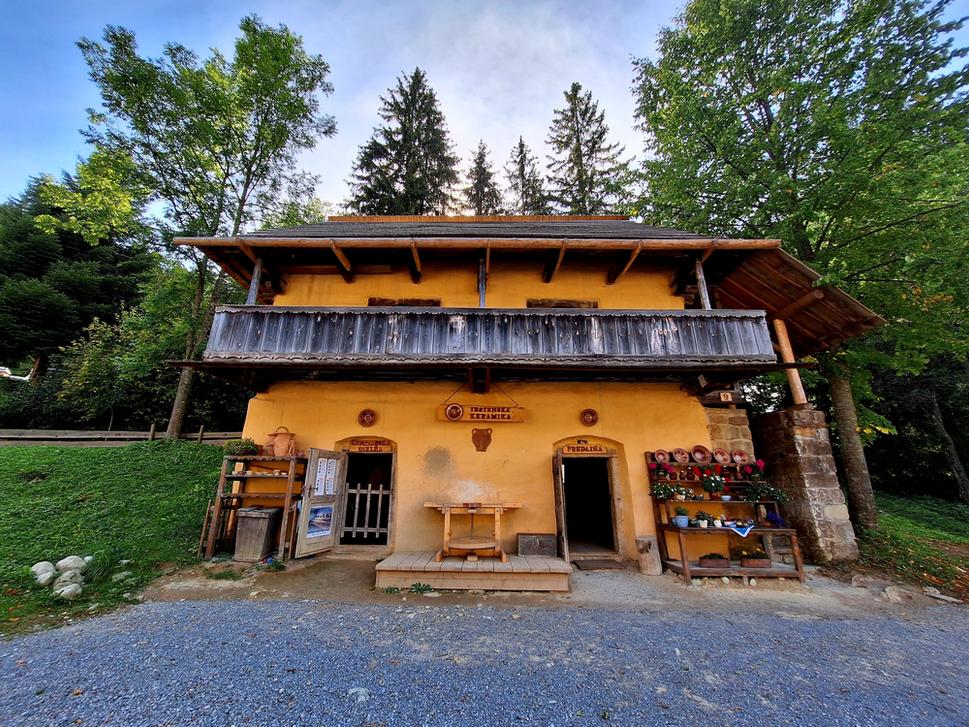 One of the houses presented in the Orava open-air museum. (source: P.D.)
One of the houses presented in the Orava open-air museum. (source: P.D.)
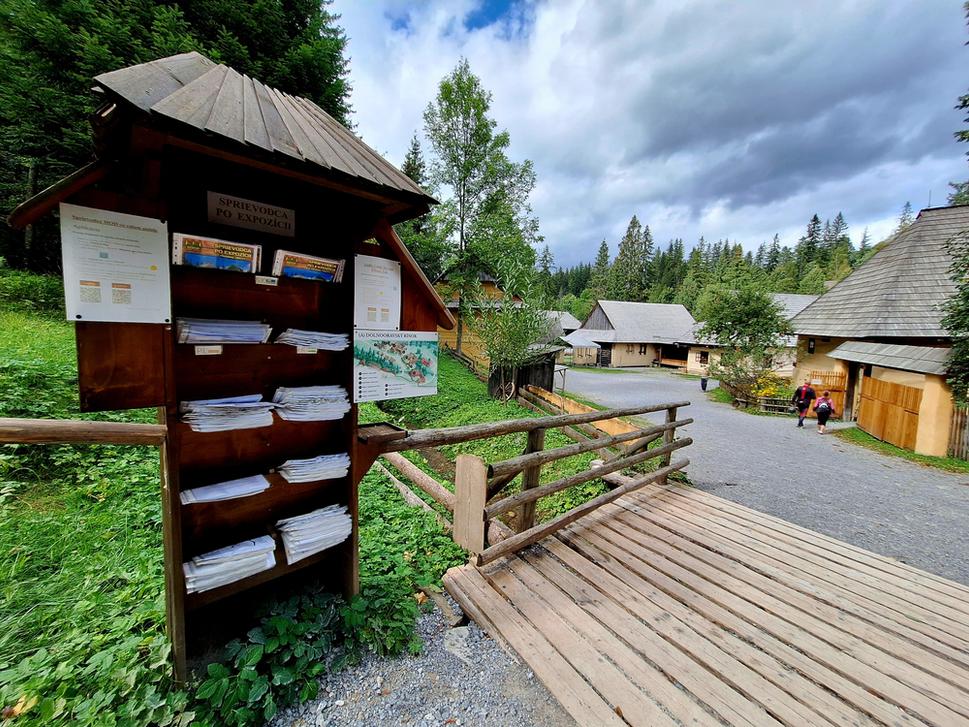 Text guides in the museum. (source: P.D.)
Text guides in the museum. (source: P.D.)
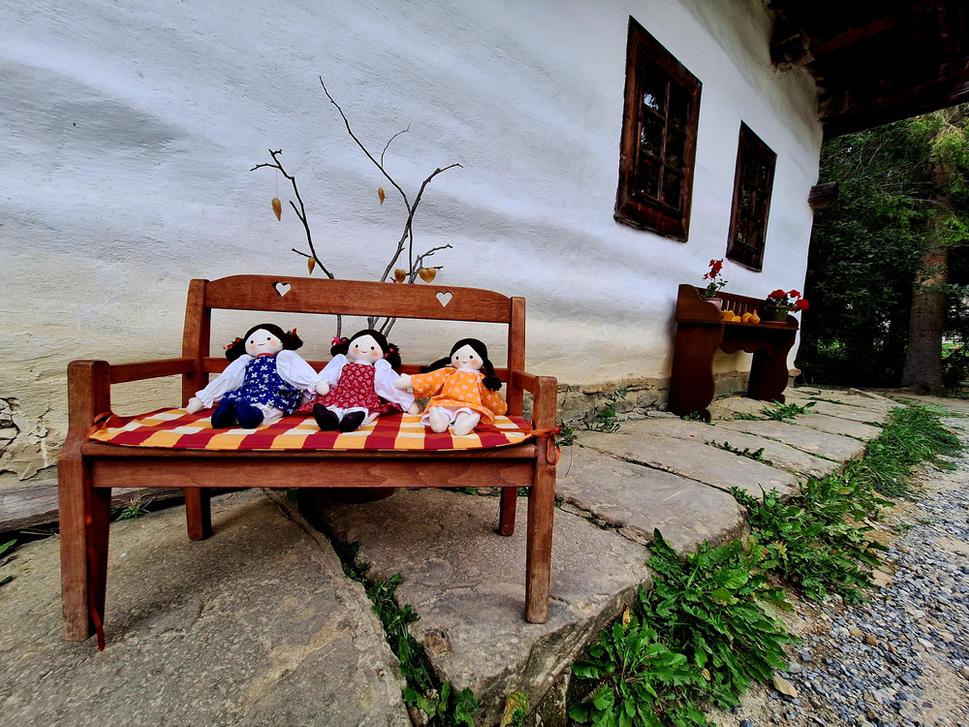 Traditional dolls exhibited outside an old house in the open-air museum. (source: P.D.)
Traditional dolls exhibited outside an old house in the open-air museum. (source: P.D.)
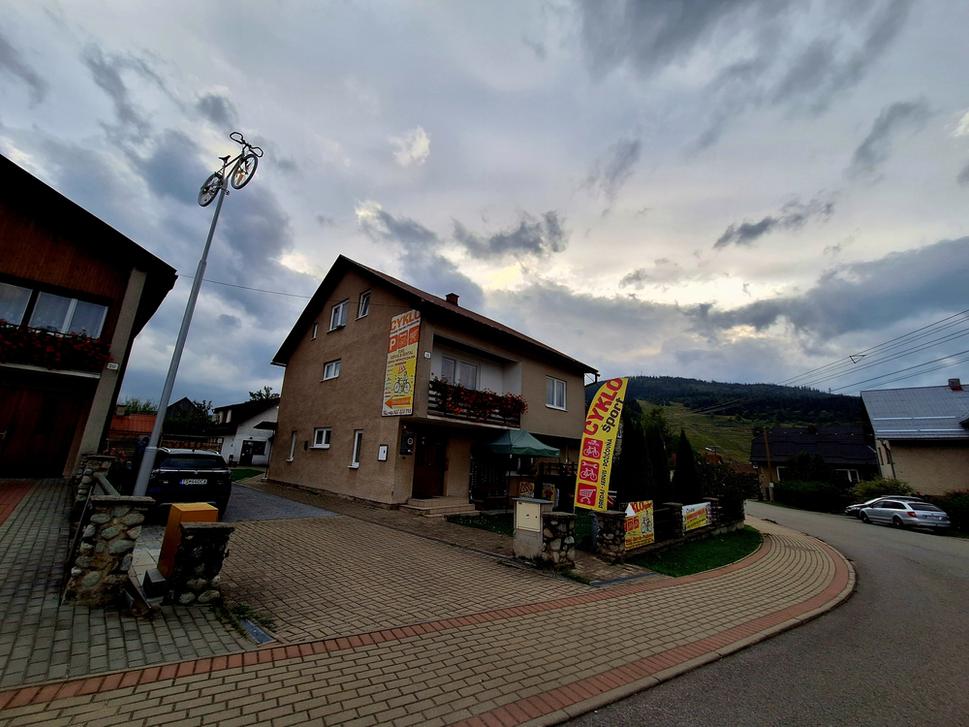 One of two Zuberec places where tourists can borrow a bike. (source: P.D.)
One of two Zuberec places where tourists can borrow a bike. (source: P.D.)
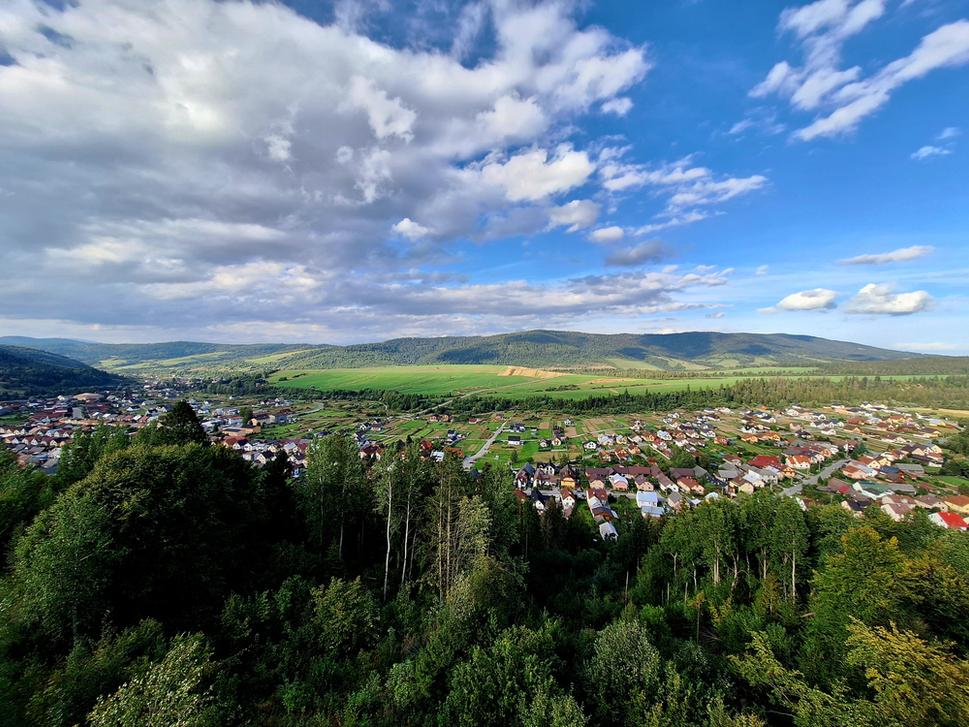 A view up from the Kýčera observation tower. (source: P.D.)
A view up from the Kýčera observation tower. (source: P.D.)
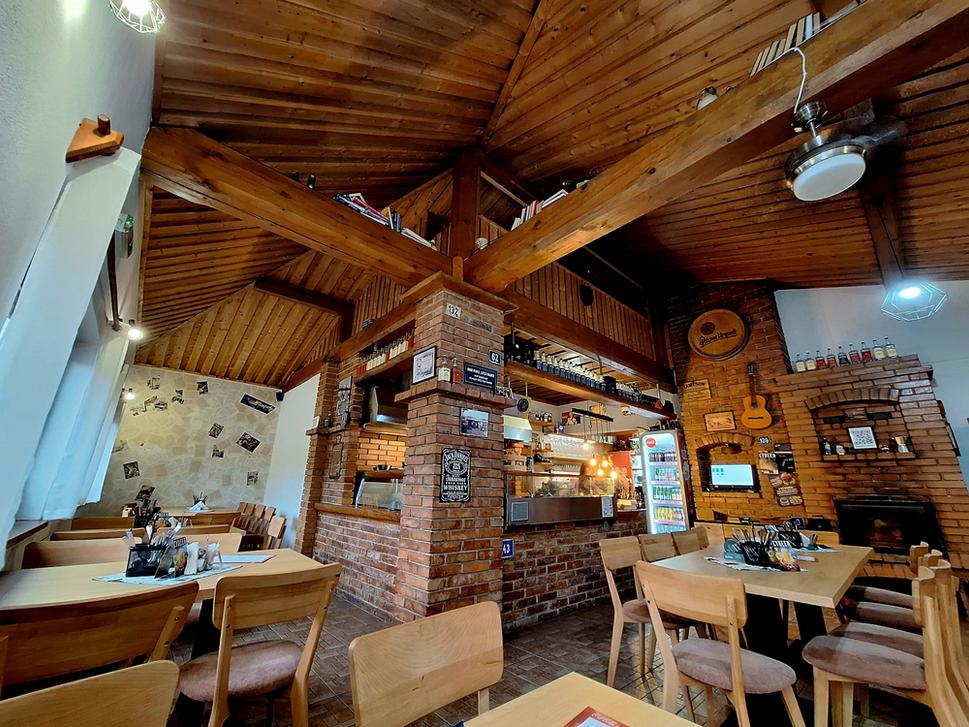 Kýčer Burger restaurant in Zuberec. (source: P.D.)
Kýčer Burger restaurant in Zuberec. (source: P.D.)